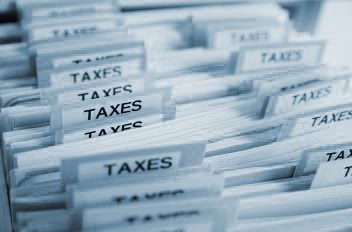On Friday, the President has signed into law a $484 billion interim coronavirus relief funding bill with the majority of the aid going to small businesses, hospitals, and for expanded coronavirus testing. This bill replenishes two depleted small business-relief programs–the Paycheck Protection Program (PPP) and Economic Injury Disaster Loans (EIDL). Funds are expected to go quickly again. The Small Business Administration will resume accepting PPP loan applications on Monday, April 27 at 9:30 a.m. CST
SBA’s Economic Injury Disaster Loans (EIDLs) Overview
EIDLs offer up to $2 million in assistance per small business. These loans may be used to pay fixed debts, payroll, accounts payable and other bills that cannot be paid because of the disaster’s impact. The interest rate is 3.75% for small businesses. The interest rate for non-profits is 2.75%. EIDL loans will again have the Advance grant portion of $1,000 per employee, with the owner/self-employed counting as one.
Paycheck Protection Program (PPP) Overview
Included in the CARES Act are temporary revisions to the 7(a) Loan Program offered by the Small Business Administration (SBA), which expands the availability of such loans to certain eligible businesses. Titled the Paycheck Protection Program (PPP), we have highlighted specific sections and requirements of 7(a) loans below.
Eligible Businesses
Small businesses, 501(c)(3) nonprofit organizations, Tribal business concerns, 501(c)(19) veteran’s organizations, and those that were in business on February 15, 2020, and either:
- Have less than the greater of (i) 500 employees or (ii) the applicable size standard for the industry as provided by SBA.
- Includes sole proprietors, self-employed individuals or independent contractors.
Covered Loan
- Any loan issued during the period between February 15, 2020, and June 30, 2020.
Maximum Loan Amount
The lesser of one of the following:
- 250% of the average monthly “payroll costs” during the one-year period ending on the loan date (the measurement period).
- $10,000,000. For new businesses, the measurement period is between January 1, 2020, to February 29, 2020.
Payroll Costs
Payroll costs will include any compensation concerning employees, as follows:
- Salary, wage, commission or similar compensation.
- Payment of cash tip or equivalent.
- Payment for vacation, parental, family medical or sick leave.
- Allowance for dismissal or separation.
- Payment required for group health care benefits, including insurance premiums.
- Payment for any retirement benefits.
Interest Rate
Not to exceed 1% during the term of the loan.
Loan Maturity
- The loan is due in two years
Borrower Qualifications
- The loan is necessary due to the current economic conditions caused by COVID-19.
- The funds will be used to retain workers and maintain payroll, lease and utility payments.
- It is not receiving duplicative funds for the same uses under another SBA program.
NOTE: A borrower that receives a covered loan under the PPP cannot also take the employee retention payroll tax credit under section 2301 of the CARES Act.
Terms of Loan Forgiveness
Borrowers can obtain tax-free loan forgiveness in an amount equal to the sum of the following expenses that incur during the eight weeks after the loan date:
- 75% must be for payroll costs (excluding compensation over $100,000/year).
- Payment of interest on mortgage obligation.
- Rent payments.
- Utility payments.
The amount of loan forgiveness cannot exceed the amount borrowed.
Further guidance on loan forgiveness is expected from the SBA around April 26.
We are here to help you. Contact our experts for assistance today!



